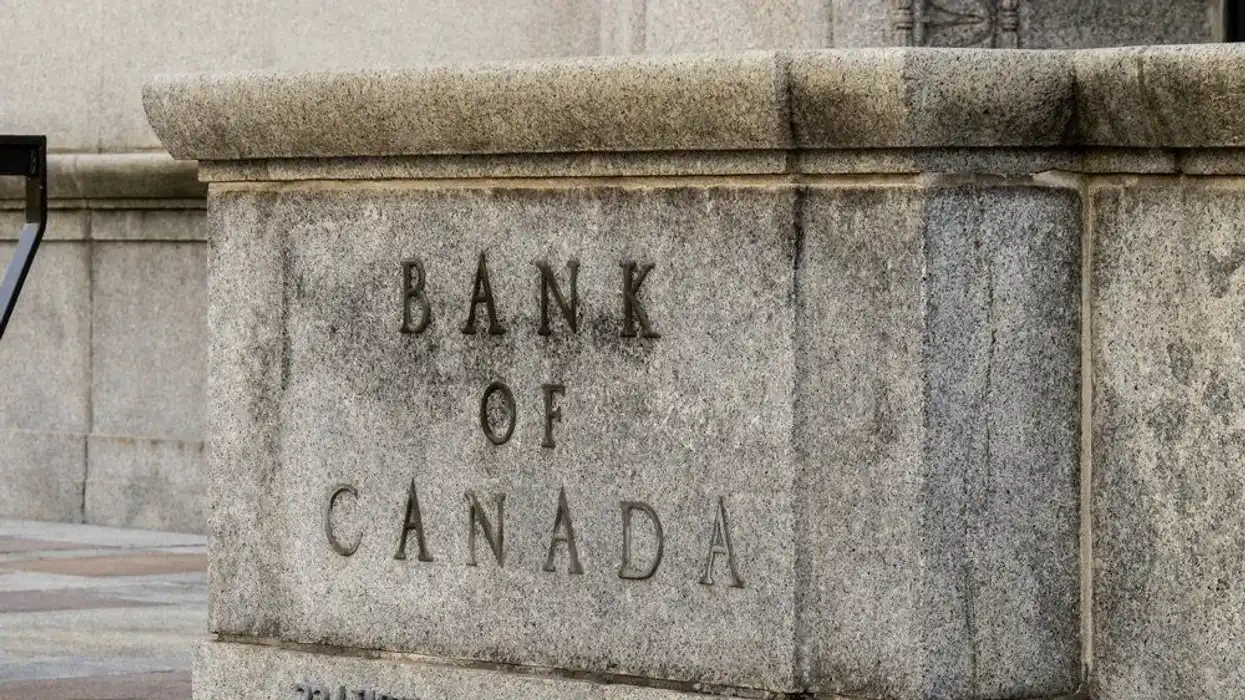The Bank of Canada’s latest rate hold was not unanimous, a new publication suggests. What’s more, it seems that housing is one of a number of things “standing in the way of the disinflation process,” which essentially means that the door is still open for another rate hike down the line.
These are some of the insights from the Bank’s recently released summary of deliberations, which recounts Governing Council’s discussions leading up to October’s rate decision.
Despite the fact that the economy showed clear signs of slowing as of last month — Statistics Canada’s latest Consumer Price Index came in at 3.8%, down from 4% the month prior — the Bank says that any “progress” was complicated by several factors, housing included.
“Shelter price inflation was running around 6%. This was partly due to rising mortgage interest costs following increases in the policy interest rate,” Wednesday’s summary says.
“But high shelter price inflation was also evident in rent and other housing-related costs. Higher interest rates would normally exert downward pressure on house prices and other costs that are closely linked to house prices, such as maintenance, taxes, and insurance.
“However, the ongoing structural shortage of housing supply in the economy was sustaining elevated house prices. And the rapid increase in Canada’s population had added to the existing imbalance between demand and supply for housing.”
In combination with “near-term inflation expectations” and “elevated” wage growth, housing realities contributed to the “persistence in inflation,” the Bank explains.
“As a result, Governing Council members revised up their forecast for inflation in the near term. But with a weaker growth outlook and more excess supply, they continued to expect inflation would return to the 2% target in 2025.”
Council Split On October Rate Hold
As we now know, the BoC opted to hold its benchmark rate steady at 5% in September, and then again in October. That said, it seems that Council was split with respect to October’s decision in particular.
“Some members felt that it was more likely than not that the policy rate would need to increase further to return inflation to target. Others viewed the most likely scenario as one where a 5% policy rate would be sufficient to get inflation back to the 2% target, provided it was maintained at that level for long enough,” says the summary.
“However, there was a strong consensus that, with clearer evidence of higher interest rates moderating spending, slowing growth, and relieving price pressures, Governing Council should be patient and hold the policy rate at 5%. They agreed to revisit the need for a higher policy rate at future decisions with the benefit of more information.”
In other words — and contrary to beliefs recently voicedby a number of economists — another rate hike is still very much so on the table.
“Given the slower-than-expected progress toward price stability and increased inflationary risks, members agreed to state clearly that they were prepared to raise the policy rate further if needed,” says the Bank.
Rate Cut Expected By April 2024
Another rate hike may loom, it seems, but according to the BoC’s third-quarter Market Participants Survey — informed by the sentiments of close to 30 financial market participants — rate cuts are also on the horizon.
The survey, which came out on Monday, reveals that many participants anticipate that the Bank will opt to cut rates as soon as April 2024.
As well, participants say they expect the Bank to cut rates by a full basis point in 2024, which would bring the overnight target rate back down to 4%. By 2025, according to the survey results, the benchmark rate is expected to come down further to 3%.





















